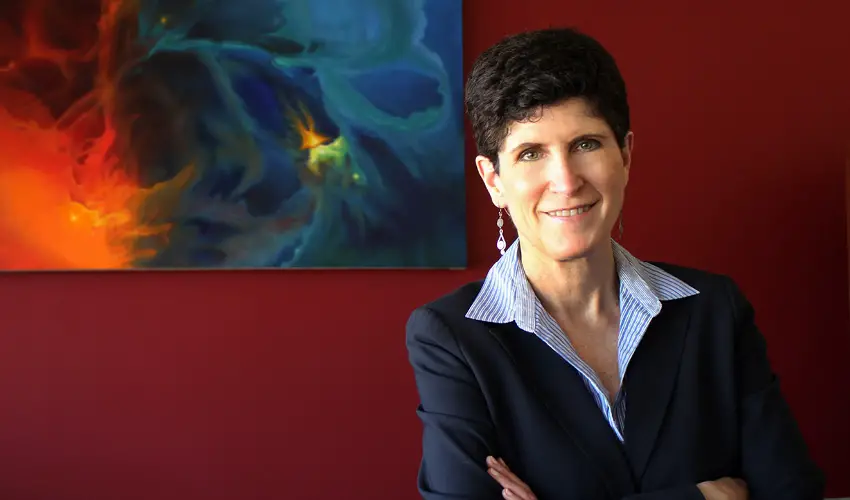The gender pay gap for female presidents in the realm of higher education is dwindling, new research published in the INFORMS journal Organization Science has found.
Dane Blevins of the University of Central Florida, Steve Sauerwald of the University of Illinois at Chicago, Jenny Hoobler of the University of Pretoria, and Chris Robertson of Northeastern University came together to research the topic.
This conclusion was drawn after analyzing 17 years of data from 1,100 university presidents working for more than 700 universities in the country.
The researchers found that the pay gap is starting to disappear at more prestigious universities. Female presidents are now receiving similar levels of compensation as their male counterparts, and some are even earning more than male presidents.
The research also documented an average 9 percent difference in compensation between male and female presidents in higher education.
“Our research finds accounting for where the glass ceiling is broken is an important consideration in understanding the gender pay gap,” Blevins said in a statement. “Higher status universities are often viewed as guideposts and their standard of compensation among female presidents may encourage other universities, businesses and organizations of all types, to follow suit and further reduce, if not close, the gender pay gap in the United States.”
However, among full-time faculty members, the pay gap in the salaries between males and females is increasing, a survey conducted by the American Association of University Professors (AAUP) found. Over the last academic year, female faculty were paid 81.6 percent of the salaries of males. This has primarily been attributed to an unequal distribution of employment between men and women in terms of institution type and faculty rank.
Last month, Democratic presidential nominee Julián Castro released his comprehensive education plan and promised to bridge the teacher pay gap.
Also, women in higher education leadership positions remain grossly underrepresented across the country. Last year, the Eos Foundation report on Women’s Power Gap in Higher Education: Study and Rankings in Massachusetts revealed that its colleges and universities have no gender balance, with 32 percent of institutions never having a female president, while 26 of them have less than 30 percent of women on their board and 14 have none at all.
Non-Profit to Petition 3 Universities to Improve Women Representation

